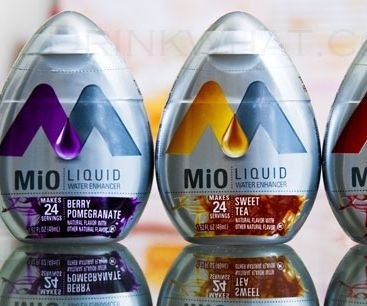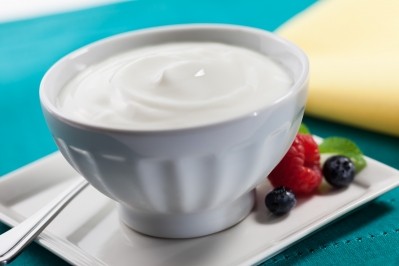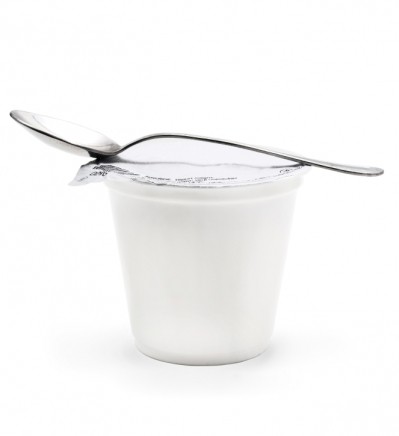ConAgra-UMass study provides ‘important implications for the design of reduced-fat food emulsions’

Emulsion products like sauces, dressings, and deserts are an important source of dietary fat, and are a target for low-fat or fat-free versions of the traditional food products.
However, the challenges associated with reducing fats in foods are complicated as fats play many roles in food, including adding texture, structure and flavor.
New research published in Food Hydrocolloidsby Cheryl Chung and D. Julian McClements from the University of Massachusetts and Brian Degner from ConAgra Foods provides insights into the “major factors influencing the formulation of high quality reduced-fat food emulsions”.
“The main aim of this study was to understand the influence of a hydrocolloid (locust bean gum, LBG) on the physical properties and stability of model reduced-fat sauces,” they explained.
Science
Chung, Degner and McClements selected to test locust bean gum since it is already widely used by the food and beverage industries to modify texture and stability, and because other research has indicated that the hydrocolloid can replace the textural characteristics when starch is removed from salad dressings.
Model oil-in-water emulsions were prepared using different levels of locust bean gum, ranging from 0.05 to 1% wt%. Results showed that at low LBG concentrations, the emulsions were stable, but at higher levels a separation was observed into a cream layer and a serum layer. At even higher concentrations (greater than 0.6%) the creaming decreased again, they said, as the system formed a 3-D network.
“The current study demonstrated that the appearance, rheological properties, and stability of oil-in-water emulsions were strongly influenced by locust bean gum (LBG) concentration,” wrote Chung, Degner and McClements.
“These phenomena may play an important role in determining the flavor profile, stability, and texture of reduced-fat products. It is known that trapping fat droplets within hydrogel particles helps balance the flavor profile of reduced-fat products by delaying flavor release so that they behave more similarly to high fat products.
“The tendency for creaming and phase separation to occur at intermediate LBG concentrations has important implications for optimizing the formulation of stable reduced-fat products,” they concluded.
Source: Food Hydrocolloids
Volume 32, Issue 2, August 2013, Pages 263–270, doi: 10.1016/j.foodhyd.2013.01.008
“Designing reduced-fat food emulsions: Locust bean gum–fat droplet interactions “
Authors: C. Chung, B. Degner, D.J. McClements


















